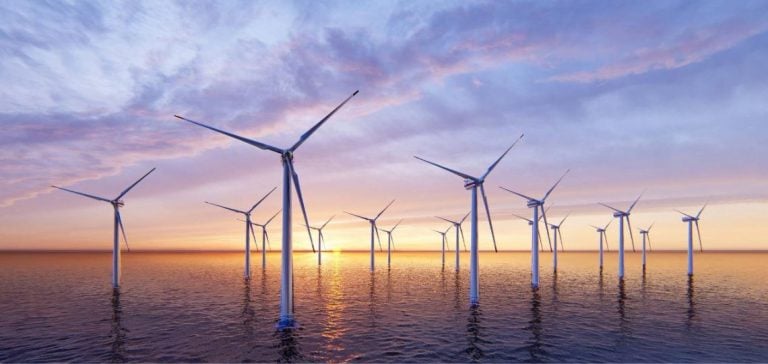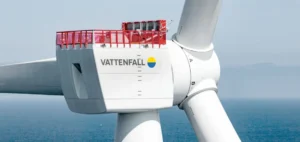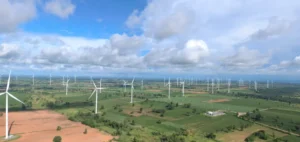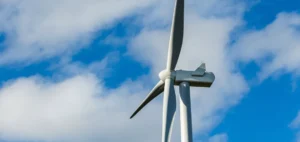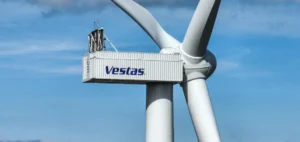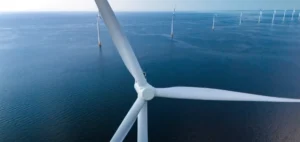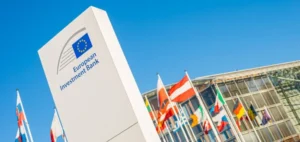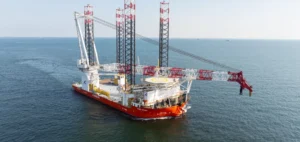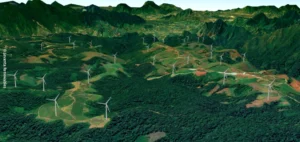LyondellBasell (LYB) reinforces its renewable energy procurement strategy by signing a Power Purchase Agreement (PPA) with Eneco N.V., to secure 25 MW of offshore wind power capacity.
This agreement marks a key step towards the Group’s goal of meeting 50% of its electricity needs from renewable sources by 2030.
This project is in line with the Group’s decarbonization plan, based on 2020 electricity consumption, to reduce its greenhouse gas (GHG) emissions.
Companies in the chemical sector, such as LyondellBasell, are increasingly adopting these long-term contracts to guarantee stability in their energy costs while meeting regulatory targets.
The agreement signed with Eneco concerns the purchase of electricity generated by the Hollandse Kust West VI (HKW-VI) wind farm in the North Sea.
This wind farm, currently under development, is scheduled to come on stream by 2027 and will supply LYB with around 103 gigawatt-hours (GWh) of electricity per year.
Growing role of Power Purchase Agreements in industry
The use of APPs has become a preferred strategy in industry for securing green electricity supplies.
By signing this 15-year agreement with Eneco, LyondellBasell is reinforcing its commitment to more sustainable energy production.
This electricity, produced from offshore wind turbines, will be used to power its European facilities, thereby contributing to a reduction in its Scope 1 and 2 emissions.
The 103 GWh of renewable electricity supplied by the wind farm is equivalent to the annual consumption of around 28,500 European households.
This enables LYB to offset a significant part of the carbon footprint associated with its European operations.
This type of contract is becoming the norm in the energy sector as industrial companies seek to reduce their dependence on fossil fuels.
Impacts of the Hollandse Kust West VI wind farm
The Hollandse Kust West VI offshore wind farm in the North Sea is one of the Netherlands’ most ambitious projects.
In addition to boosting the country’s renewable energy production capacity, this project contributes to the national decarbonization objective and the European energy transition strategy.
The development of such projects enables large companies, like LYB, to secure a stable source of electricity that respects greenhouse gas emission reduction targets.
With a total installed capacity of 700 MW, this offshore wind farm will be one of the largest in Europe.
Electricity delivery to LyondellBasell will begin in 2027, in line with the company’s decarbonization plans.
This new capacity will join other similar projects already in operation, consolidating LyondellBasell’s position in the renewable energy market.
Outlook for the industry
Against a backdrop of tighter regulation, with national and European targets for reducing CO2 emissions, companies in the industrial sector are under increasing pressure to adopt strategies based on renewable energies.
LyondellBasell is adapting to these developments by investing in sustainable energy infrastructures, through long-term contracts such as the one signed with Eneco.
These initiatives aim to secure long-term supply while stabilizing energy costs, a crucial issue in a market marked by high volatility in fossil fuel prices.
By opting for renewable sources such as offshore wind power, companies not only reduce their direct emissions, but also contribute to the European Union’s overall goal of carbon neutrality by 2050.
Projects such as HKW-VI underline the growing role of offshore wind power in the energy transition, offering companies a reliable, large-scale alternative.


